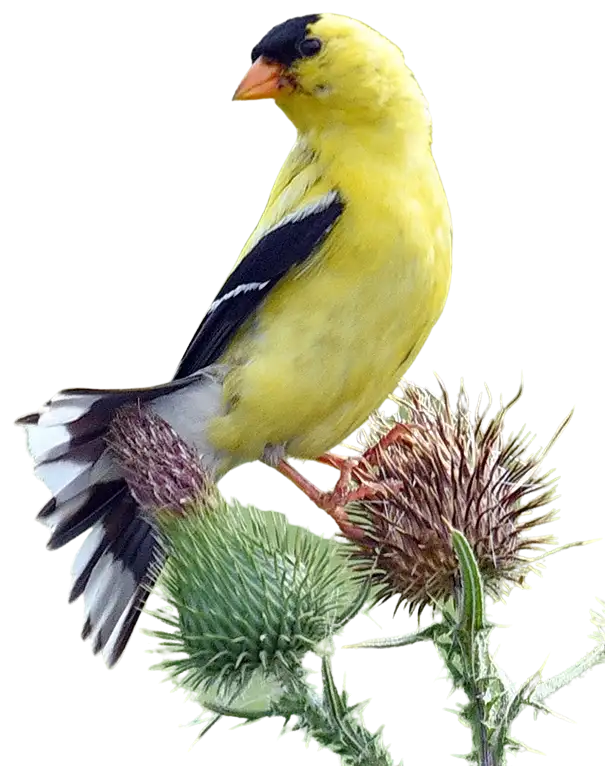Beginner Trip: Charlotte & Badgerow Park
We’ll be looking for shorebirds, warblers, and other fall migrants in Greece and environs. Badgerow Park is a small area that offers good vantage points along pleasant trails, with the occasional surprise rarity.



